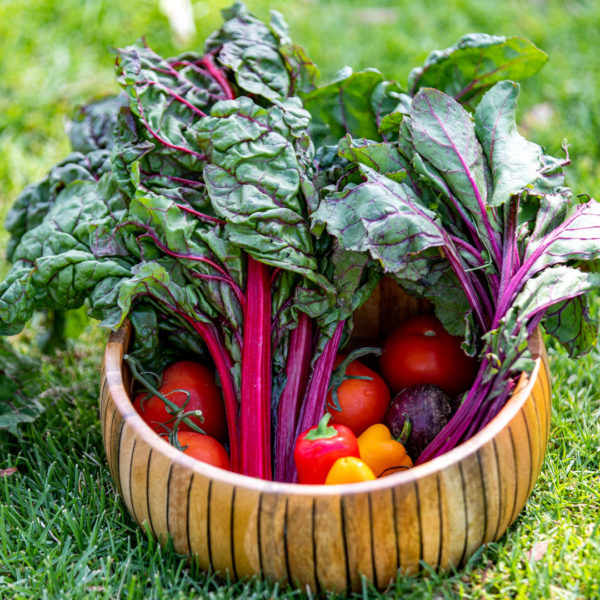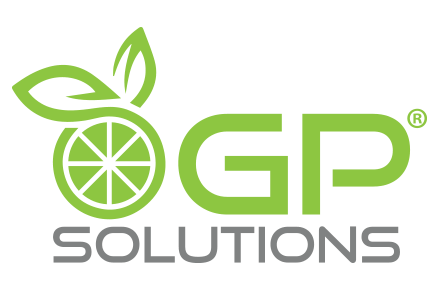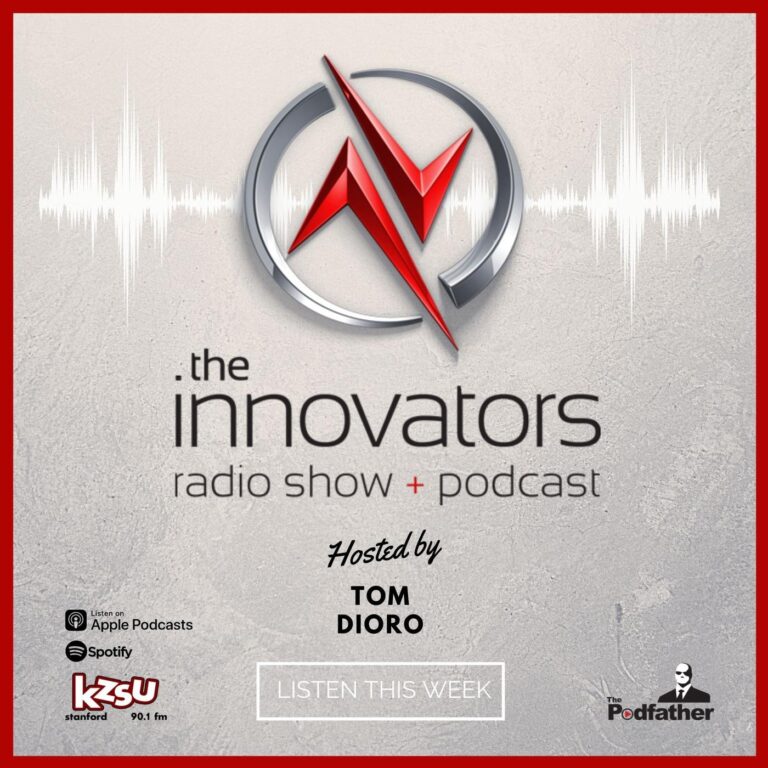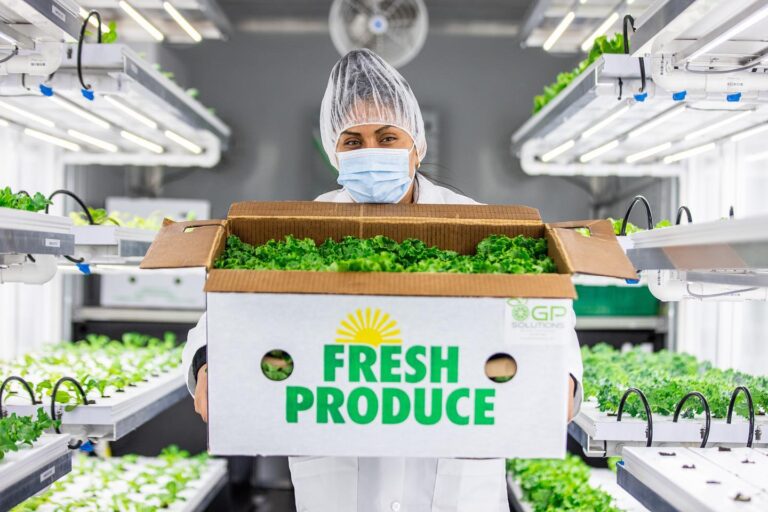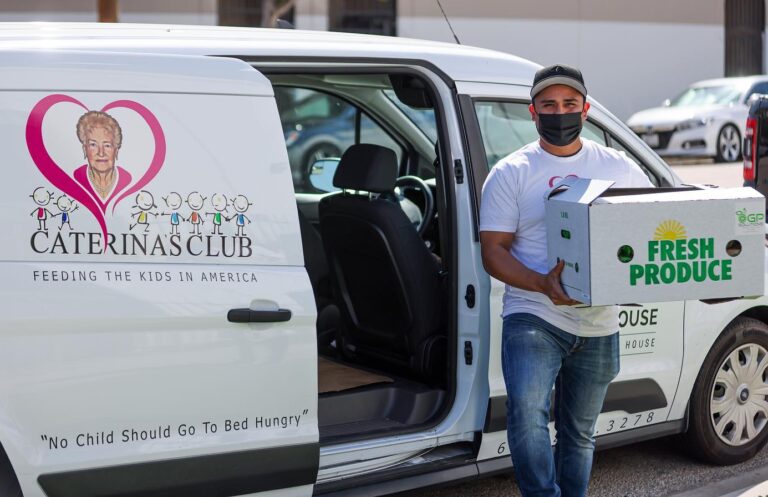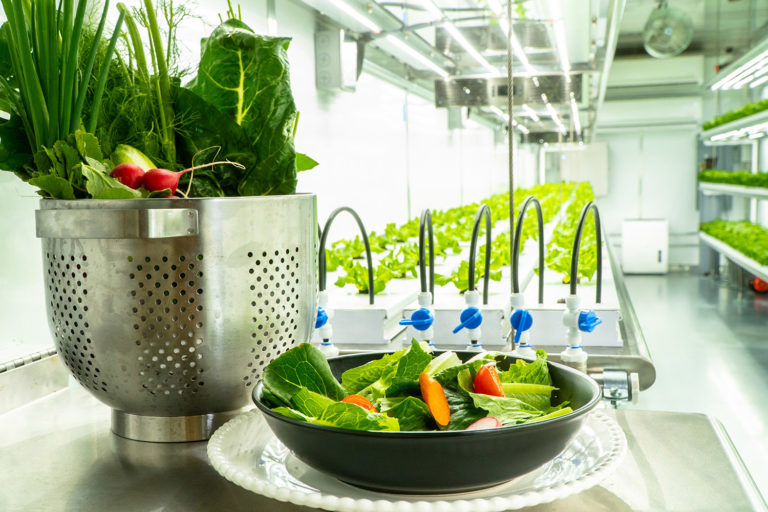Not that long ago it seemed to be revolutionary to find organic food in a supermarket. But if you look closely, you’ll find that very recently things have been changing again. You might see a section for locally grown food, perhaps a label with CNG on it (certified naturally grown) or even food marked as hydroponic. What does this mean? Your food is getting healthier and fresher.

How is this a revolution?
Sourcing organic food isn’t so hard as it’s mainly changes at the farming and production end. But stocking local or even transparently sourced food is a major shift in how big grocery stores do business- it changes the entire supply chain and requires a wide scale diversification in procurement. This often means reaching out to small farmers within a few miles of the store or even growing right at the store itself. This change is being driven by consumers themselves.
Why do we need a revolution?
Most consumers are beginning to realize fresh doesn’t mean fresh and this has an impact on nutrition. It’s more than likely your fruit and vegetables were cropped not days but weeks before purchase. Why is this a problem? Because over time nutrient levels degrade in fresh food, even without processing. For example, even without being refrigerated spinach loses nearly half its folate concentration after just eight days and most of its vitamin C too.
Secondly people are beginning to realize that even grocery food isn’t safe all the time. An amazing 75% of shoppers are frightened of food contamination. Most people will know about the multiple E Coli outbreaks in 2018 spread in romaine lettuce. Of course this kind of contamination isn’t widespread but the distribution networks for food makes it much much easier for disease to travel quickly- centralized production and long supply chains with many intermediaries means that it’s almost impossible to provide 100% traceability.
Thirdly, your food isn’t clean before you eat it. The FDA itself reports that 54% of fruit arrives with pesticide still on it. According to the USDA this is actually a chemical cocktail which could be more than 50 different pesticides. The majority of shoppers – 71% – believe these chemicals have health risks.
Organic and Freshly Harvested Food
Shoppers go local
Local food was once a fringe activity, and yet it is one of the fastest growing food sectors. Research indicates that the local food market in the US grew from $5 billion in 2008 to $12BN in 2014, and is expected to rise to $20 billion by the end of 2019.
A 2017 Produce Marketing Association report found that as many as 61 percent of grocery shoppers have expressed a high interest in their stores’ local produce options- for 28% that’s just food grown in the same state!
Of course organic food used to be enough- this now a legally protected term used to guarantee a certain level of chemical and pesticide restriction. But as organic became a concern for big food distribution firms it adopted the same supply chain as before- even organic food can travel literally thousands of miles before it gets to the store. As we’ve seen above this means its nutrition and safety is no better and of course long distance transport itself degrades the environment.
So this seems like a no brainer. But there’s a catch. Local food year round is easy if you’re in California, New Mexico, even Florida. But if you’re in New York, Seattle or Chicago customers rely on the food distribution networks to get year round availability. There can be no other way to get hold of fruit in December or fresh lettuce in mid winter.
Indoor farming as the way forward
There is a way out of this morass.Today, hydroponic indoor farming is the best way to ensure quality, quantity, consistent production, and year-round availability.
No need to worry about lack of farmable land- this is indoors, even on site. In a shipping container so there i no specialized construction work required- just a flat space and access to electricity and water.
A huge upside is interactive farming- your customers can meet the farmer to shake hands. They can see their own food being grown!
It’s season-free. No more reliance on the weather. A fully controlled environment in a Grow Pod means ideal growing conditions year-round, making it possible to grow food in any environment, from a desert to a downtown parking lot, from summer to deep mid winter.
The world is changing, and the way we regard our food is also transforming. The old ways of growing and distributing food are more and more looking outdated, even antiquated. Grow Pod’s vertical farming and hydroponic solution are at the cutting edge of a revolution
